05 Mar The Strategic Impact of GeM on India’s Economy
This article covers “Daily Current Affairs” and Topic details The Strategic Impact of GeM on India’s Economy.
SYLLABUS MAPPING:
GS-3-Economy- The Strategic Impact of GeM on India’s Economy
FOR PRELIMS
What is the Government e-Marketplace (GeM)? How does it help in government procurement?
FOR MAINS
Why in the news?
Public procurement plays a vital role in a nation’s economic growth, directly affecting citizens’ lives. Efficient and transparent government purchasing ensures the optimal use of public funds while stimulating business opportunities, job creation, and innovation. In India, the Government e-marketplace (GeM) has revolutionized public procurement, fostering an open and inclusive platform that benefits government buyers, startups, and small businesses alike. GeM has enabled startups to fulfil orders worth ₹35,950 crore, while women entrepreneurs make up 8% of the seller base, with 1,77,786 Udyam-verified women-led micro and small enterprises (MSEs) completing orders worth ₹46,615 crore.
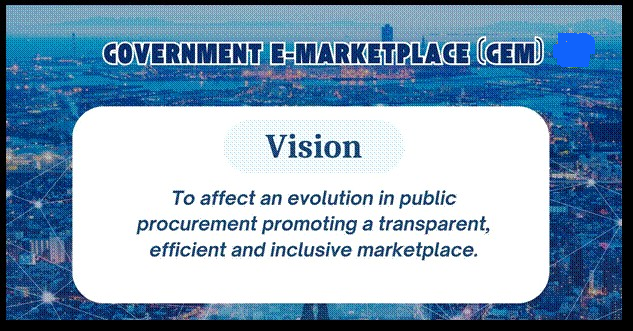
What is GeM?
Government e-Marketplace (GeM) is an online platform for public procurement in India which was envisaged by Prime Minister Narendra Modi. The initiative was launched on August 09, 2016, by the Ministry of Commerce and Industry with the objective of creating an open and transparent procurement platform for government buyers.
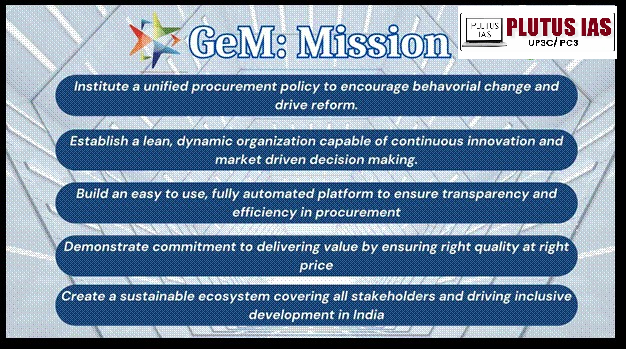
Core Principles of GeM
Openness: GeM shall be an open marketplace wherein it promotes access to information and transparency. Relevant information on sellers, goods, and services shall be easy to find and readily available for users. GeM shall provide databased insights to help users in decision-making and ascertaining price reasonability.
Fairness: One of the platform’s key objectives is to allow sellers, big and small, to gain direct access to Government buyers. In doing so, all sellers shall be treated fairly, and GeM shall not offer promotional treatment to one seller over the other. GeM shall support the intentions behind the preferential market access policies and ensure that all sellers are provided with a level playing field. This will ensure the health and competitiveness of the marketplace.

Inclusiveness: GeM shall promote inclusiveness, which means that all Government buyers and sellers shall be accepted on the platform. GeM shall aspire to create a robust seller base and all sellers interested in conducting business with the Government shall be welcomed on the platform. For buyers and sellers that do not have the know-how of using GeM, additional assistance in the form of focused training, onboarding sessions, and continued feedback and support shall be provided.
Key Features of GeM
1. SWAYATT: Enhancing Business Access: SWAYATT fosters ease of doing business by connecting startups, women entrepreneurs, MSEs, SHGs, and marginalized communities with government procurement. It focuses on training last-mile sellers and boosting small-scale participation.
2. Startup Runway 2.0: Driving Innovation: This initiative enables startups to showcase their products and services to government buyers. A dedicated marketplace category ensures all startups, regardless of DPIIT certification, can access procurement opportunities, promoting “Make in India.”
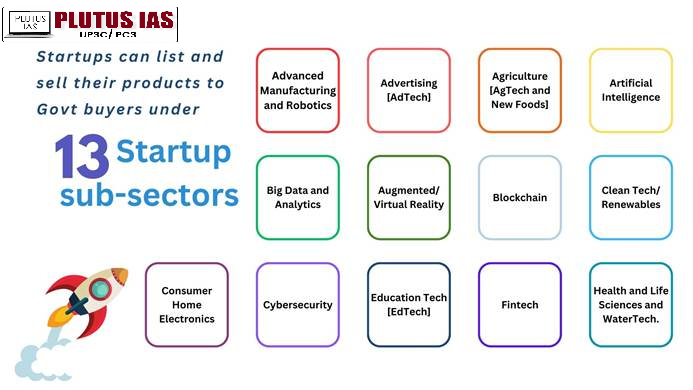
3. Womaniya: Empowering Women Entrepreneurs: Womaniya supports women entrepreneurs and SHGs by offering government procurement access for handicrafts, home décor, organic products, and more. It aligns with the 3% public procurement reservation for women-led MSMEs.
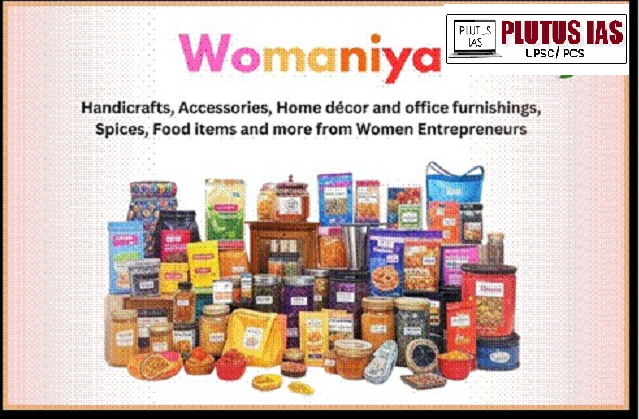
4. MSME SC/ST Entrepreneurs on GeM: GeM collaborates with MSMEs, focusing on SC/ST entrepreneurs, ensuring 25% procurement from MSMEs, including a 4% sub-target for SC/ST businesses, fostering inclusivity in public procurement.
5. The Saras Collection: Showcasing Handcrafted Excellence: A curated selection of handcrafted textiles, décor, accessories, and personal care items from India’s top SHGs, The Saras Collection promotes traditional craftsmanship through government procurement.
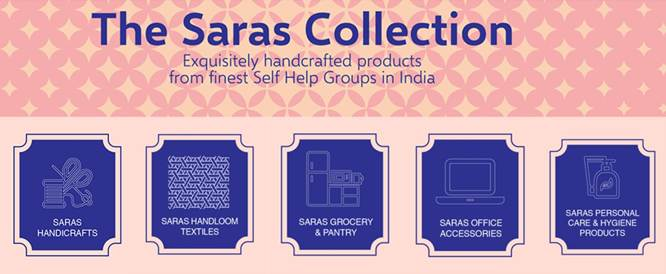
Contributions of GeM to the Indian Economy
The latest statistics reveal significant activity in the marketplace, showcasing a robust ecosystem with 162,985 primary buyers, 228,754 secondary buyers, and a diverse range of 11,006 product categories and 332 service categories. In the last financial year, the order volume reached 62,86,543, with an order value of ₹4,03,305 Crore. Continuing its momentum, the current financial year has already recorded 61,23,691 orders worth ₹4,52,594 Crore. Notably, 37.87% of the total order value is attributed to Micro and Small Enterprises (MSEs), underscoring GeM’s role in empowering local businesses and fostering inclusive economic growth.
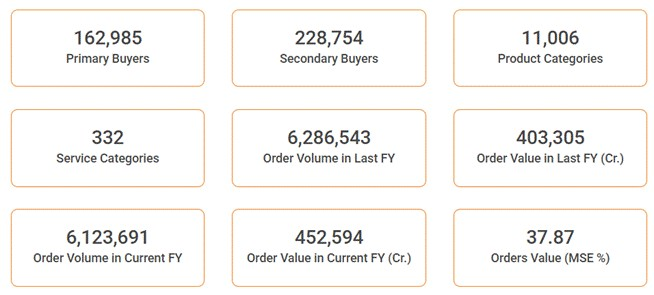
Issues related to GeM
1. Registration Hurdles: New users struggle with understanding the process, gathering documents, and completing KYC verification.
2. Technical Glitches: System errors, slow loading, and document upload issues disrupt operations.
3. Product Listing Complexities: Categorizing products, detailing specifications, and ensuring compliance can be difficult.
4. Vendor Verification Concerns: Risk of fraudulent sellers and inconsistencies in the verification process.
5. Payment Delays: Government departments sometimes process payments slowly, affecting sellers’ cash flow.
6. Dispute Resolution Challenges: Issues with resolving disputes related to deliveries, product quality, or contracts.
7. Unfair Competition: Larger companies may have an edge over small vendors due to better resources and networks.
8. Lack of Awareness: Some government buyers may not be fully familiar with GeM, leading to improper usage.
9. Compliance Issues: Sellers may face difficulties adhering to quality standards, delivery timelines, and warranty obligations.
Way forward to strengthen GeM Network
1. Enhanced Technical Support: Dedicated helpdesk and AI-driven support for faster issue resolution.
2. Stronger Vendor Verification: Robust background checks to prevent fraudulent listings.
3. Timely Payments: Implementing automated payment tracking and faster fund transfers.
4. Efficient Dispute Resolution: A dedicated redressal mechanism with a structured grievance-handling system.
5. Awareness & Training: Regular workshops, webinars, and outreach programs for buyers and sellers.
6. Improved User Interface: Enhancing platform navigation for a seamless user experience.
7. Better Product Categorization: Streamlining categories to simplify listing and search functionalities.
8. Data-Driven Insights: Leveraging analytics to provide price benchmarking and demand forecasting.
9. Integration with Financial & Regulatory Systems: Linking GeM with taxation, banking, and compliance platforms for smoother operations.
10. Boosting MSME & Startup Participation: Special incentives, relaxed norms, and financial assistance for small businesses.
Conclusion
GeM has revolutionized public procurement in India by ensuring transparency, efficiency, and inclusivity. Strengthening the platform through streamlined processes, better technology, faster payments, and increased awareness will empower small businesses, boost MSME participation, and drive economic growth. Continuous innovation and policy support will further enhance GeM’s role in transforming India’s procurement landscape.
Download Plutus IAS Current Affairs (Eng) 05th Mar 2025
Prelims Questions:
Q.With reference to the Government e-Marketplace (GeM), consider the following statements:
1. GeM was launched by the Ministry of Finance to enhance transparency in public procurement.
2. The platform allows only DPIIT-certified startups to list their products and services.
Which of the statements given above is/are correct?
A. 1 only
B. 2 only
C. Both 1 and 2
D. Neither 1 nor 2
Answer: C
Mains Questions:
(250 words, 15 marks)




No Comments